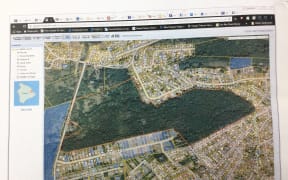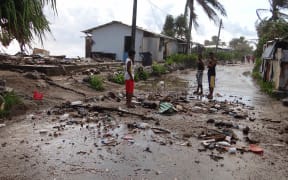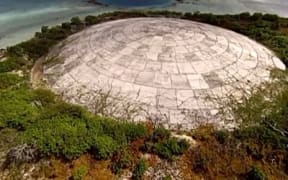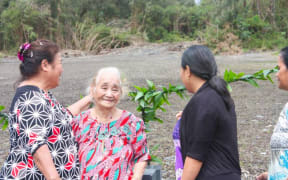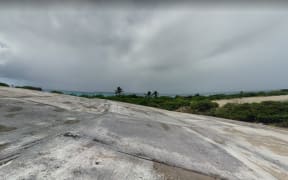There is a call for the United States to do more to help the Marshall Islands, where it conducted nuclear weapons tests more than 60 years ago.
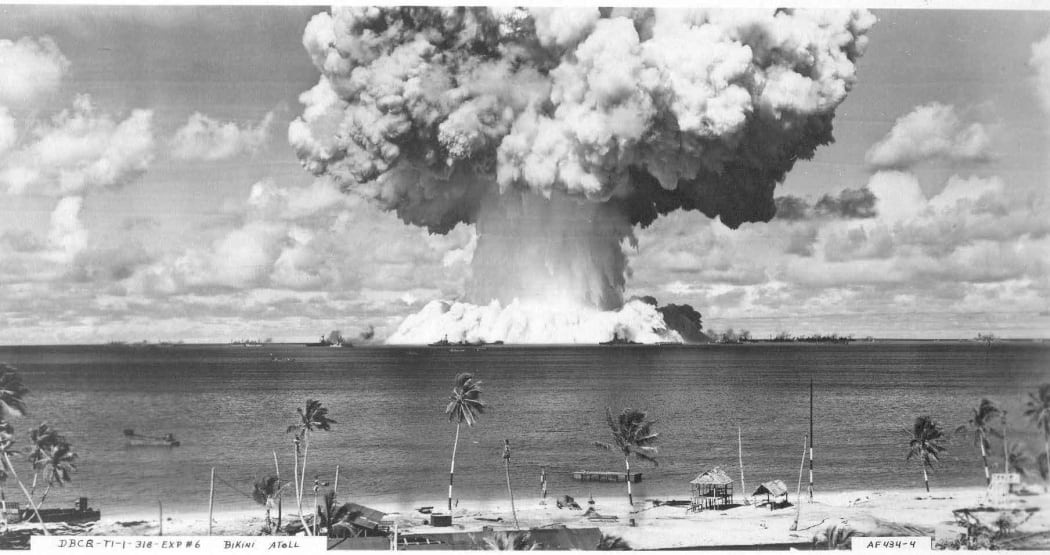
The "Baker" underwater nuclear weapons test at Bikini Atoll in 1946. Dozens of World War II vessels were used as targets for this weapons test, and now lie on the atoll's lagoon floor. Photo: US Navy. Photo: Supplied/ Giff Johnson
A large-scale investigation has found extremely high levels of radiation still persist in much of the country's north.
The research from the Centre of Nuclear Studies, shows high levels of gamma radiation, plutonium and other radioactive isotopes around Bikini Atoll.
Auckland University's David Krofcheck said that while the testing was conducted in the 1940s and '50s, some of atolls - Bikini in particular - are probably too hot radioactively for long term resettlement.
Dr Krofcheck said it was a problem that won't go away, and the US needed to step up.
"It's not something that can be fixed right away. I can't imagine anybody, any of the major nuclear powers sending a ship with clean-up equipment like the Japanese bulldozed a lot of soil and topsoil and cut down trees. I just don't see that happening, any nation taking responsibility."
Also, the dome over where the US buried its nuclear waste, on Runit Island, has been found to be fragile, prone to leaking, and vulnerable to rising sea levels, and Dr Krofcheck said the US government's reaction had been disingenuous.
"The United States signed a memorandum of understanding with the Marshall Islands that we've just buried some material and the Runit Island dome which is a big crater from a nuclear explosion, and we've shovelled in radioactive soil and materials that were left over, and put a big concrete dome on top of it. And that's it, we're done."
Dr Krofcheck said the problem was ongoing and more research needed to be done into the long-term effects.
"To watch, for example, sea food, the propagation of maybe the radio isotopes into the seafood and other food stuffs around the islands, just to keep track of what the propagation of the radiation will look like in the future."
Dr Krofcheck said the southern Marshall Islands, where most people live, was much safer, with radiation levels comparable to New York.
"I wish I could tell the Marshall Islanders a practical solution other than to just live where you are in the safer portions, the southern parts of the Marshall Islands and the eastern parts."
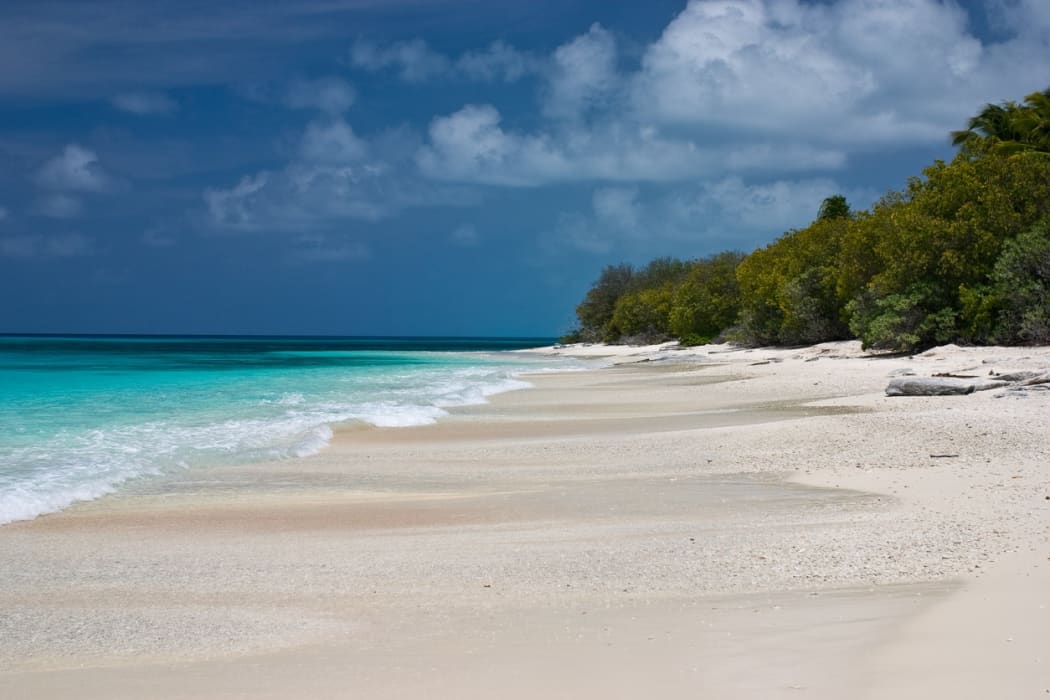
Bikini Atoll Beach, Marshall Islands, looking Northwest. Photo: Supplied/ Hawaiilife
